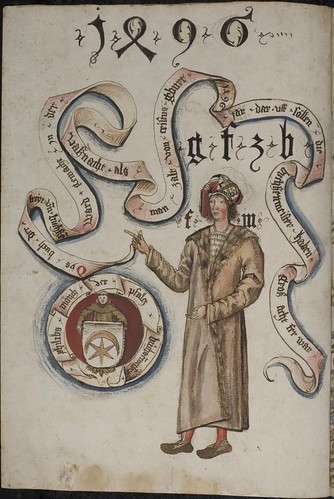
This opening page of 'Kriegsbuch' (war book) shows the author with his [?]guild seal and the banderole records the title and confirms the author and artist as Philipp Mönch the gun master and the year as 1496. The seventy or so illustrations in this paper manuscript probably functioned in the same way as a resume or portfolio does today - to showcase Mönch's talents and abilities for prospective employers. [If you click through to the enlarged version, you can see he's tucked an early pair of rivet spectacles into his hat]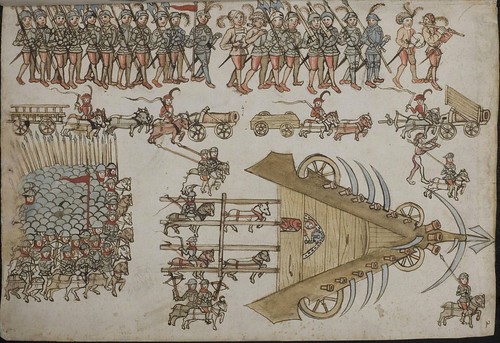
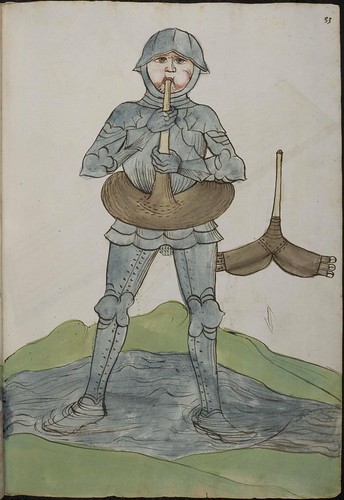
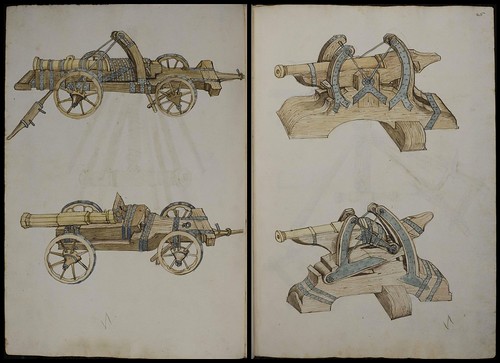
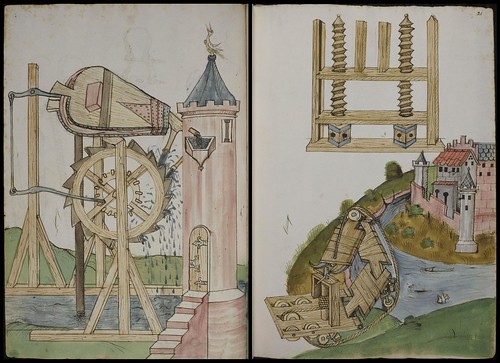
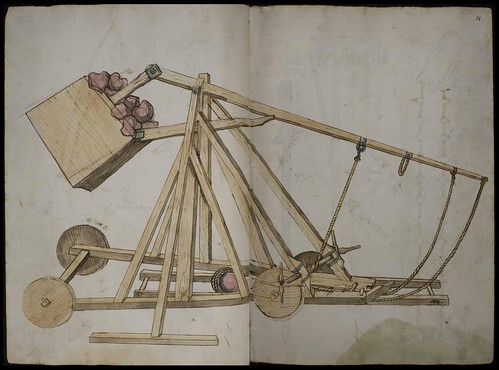
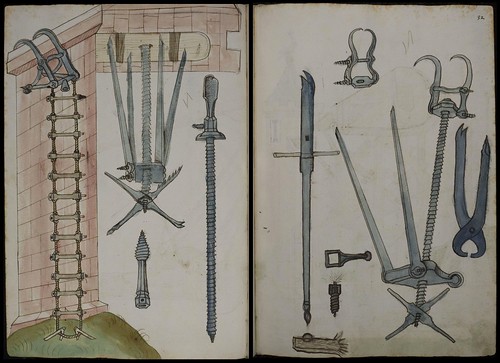

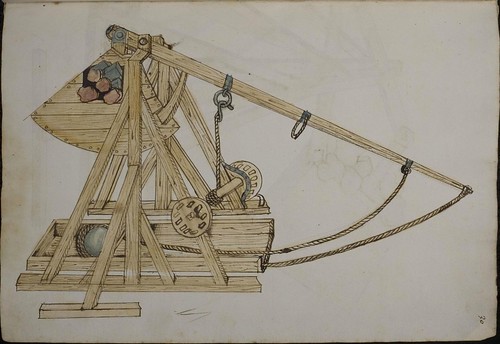
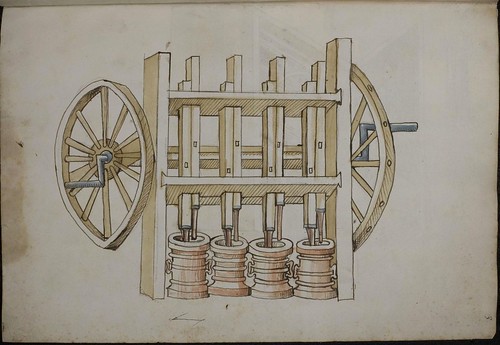
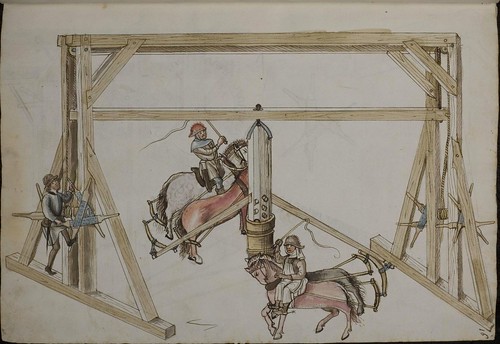
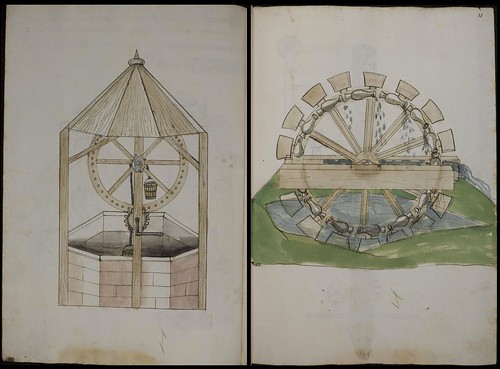
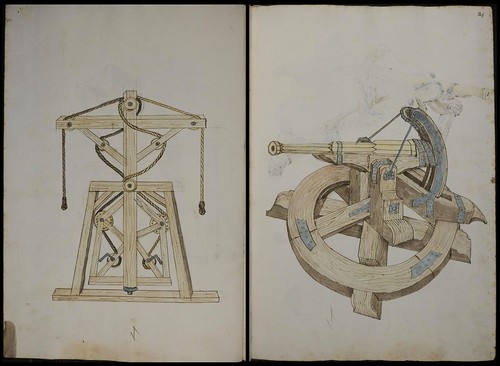
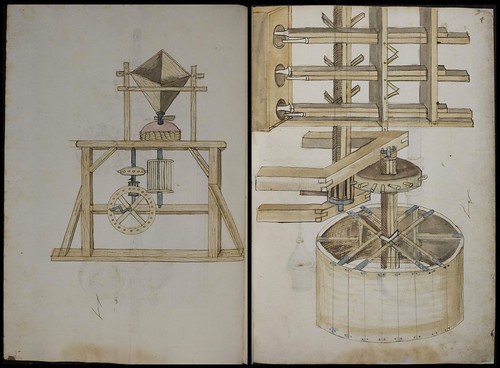

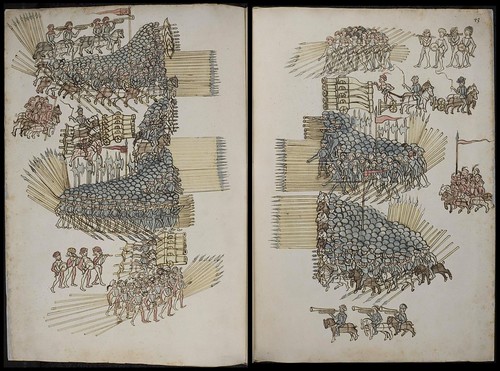
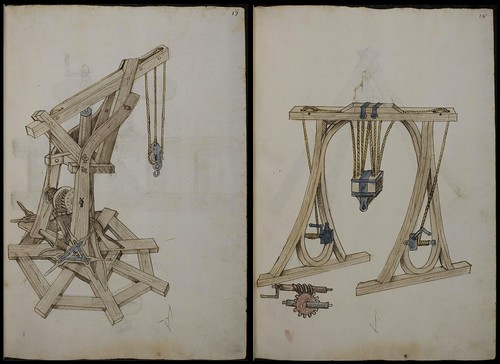
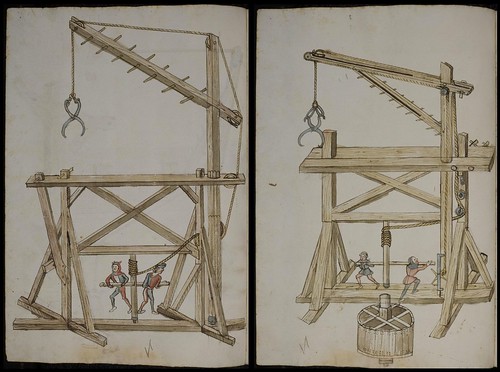
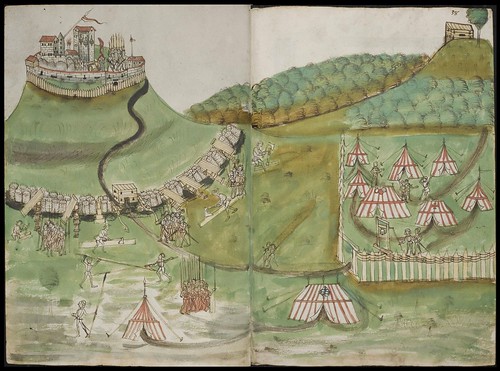

In Medieval times, gun manufacturing was something of a covert occupation because artisans with the specialist metalwork and pyrotechnical skills tended to keep the knowledge secret. So the formulae for explosive powders and the like were passed on by word of mouth to trusted apprentices and colleagues rather than being written down.
The connection of gunpowder to alchemy and, by extension, witchcraft would be a persuasive deterrent against sharing the knowledge anyway - lest the authorities mark you down as a heretic - but also, your value in the marketplace would only go down if your competitors were able to reproduce your designs and recipes. Further pressure limiting the open dissemination of gunsmith traditions came from feudal estate owners or regional warlords who would hire weapons experts as their exclusive employees in order to boost their security and power.
Philipp Mönch was a master gunsmith and most likely employed by the Elector Palatine of the Holy Roman Empire (SW Germany). His 'Kriegsbuch' obviously displays much more than just cannon and rifle designs. Specialisation was a loose concept back then and it was probably customary for anyone working with weapons to be part-engineer, part-architect, part-metalworker and part-carpenter. If this military manuscript was, in fact, Mönch's resume, it may well be embellished (he once opened an image file in MS Paint but he's saying he's actually got mad photoshop skills). Alternatively, it may simply be a record of Mönch's interests and/or designs while in the service of the Palatinate.
In either case, the sketches in his manuscript are fairly unremarkable for their time, in terms of innovation, and could easily have been adaptations from earlier works. Nevertheless it's an important contemporary record showing a range of mechanical technologies with drawbridges, gun styles, siege engines, cranes, water-wheels, rampart scalers and milling diagrams etc all featured. It was far safer to have a sketch album of your designs to show prospective patrons than it would have been to maintain a written record.
- 'Kriegsbuch' [aka 'buch der stryt vnd büchßen'], 1496, by Philipp Mönch is available from Universitätsbibliothek Heidelberg (click anything below 'Inhalt' and then 'Vorschau' for thumbnail pages.
- 'Kriegsbuch' featured at a Stuttgart University exhibition earlier in the year which includes models and CAD animations of the Mönch designs [translation]
- Previously: combat & machines & medieval.



















7 comments :
dang! look it~~~~~
I love that we can funnel the past through imagery into our current times and bump up against the differences - another paradigm. You can see the different world view in the drawings, despite the similarity in it being used as a CV. Somehow this is re-enforced by the tiny text inserted there, author.
As always, thanks!
I just discovered your blog, and it's mesmerizing. Thanks so much.
Cool pictures showing the progress of human civilization. Thank you for posting it.
Very interesting thank you very much
Great find. There's something oddly familiar about some of these inventions. It seems that this work may have influenced some later authors.
The life-saver guy, for example, apparently had some influence on Fausto Veranzio (http://geoweb.venezia.sbn.it//geoweb/ods/index.aspx?s=213d3/C/&i=24561&n=39&p=JU&t=CP).
The crane is strangely similar to one of Ramelli's designs (1588). (http://cnum.cnam.fr/CGI/fpage.cgi?fDY3/596/100/689/35/687)
And Ambroise Bachot -- engineer and Ramelli's engraver -- might have drawn some inspiration from from the screw-driven siege devices (1587). (http://architectura.cesr.univ-tours.fr/traite/Images/Masson159Consult.asp?Numfiche=105)
Cheers,
George
Thanks as always George; perhaps I was a tad flippant about the originality afterall.
Post a Comment
Comments are all moderated so don't waste your time spamming: they will never show up.
If you include ANY links that aren't pertinent to the blog post or discussion they will be deleted and a rash will break out in your underwear.
Also: please play the ball and not the person.
Note: only a member of this blog may post a comment.